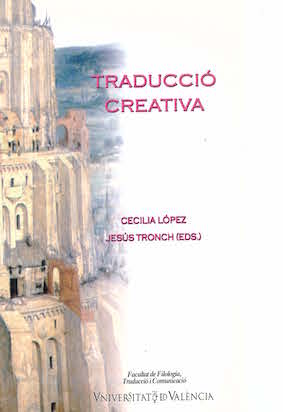La compensación en traducción audiovisual
DOI:
https://doi.org/10.7203/qf-elit.v13i0.4069Keywords:
compensation, audiovisual translation, constraints, strategy, familiarization, untranslatability Abstract
Abstract
In this article I will revisit the concepts of compensation and constraints in the field of audiovisual translation. I will offer a classification of audiovisual translation constraints and argue that compensation is a strategy that can be used to overcome these constraints. For that, I will propose a definition of compensation from the point of view of audiovisual translation, and will also illustrate the application of this strategy with some examples of real dubbings. In this sense, I will understand constraints in a positive manner, as challenges which make the translator put into practice his or her creativity by means of compensation, when this creative strategy is used systematically.
 Downloads
Downloads
Downloads
How to Cite
-
Abstract1292
-
PDF (Español)3270
Issue
Section
License
 Este obra está bajo una licencia de Creative Commons Reconocimiento-NoComercial-SinObraDerivada 4.0 Internacional.
Este obra está bajo una licencia de Creative Commons Reconocimiento-NoComercial-SinObraDerivada 4.0 Internacional.
Authors who publish with this journal agree to the following terms:
- Authors retain copyright and grant the journal right of first publication with the work simultaneously licensed under a Creative Commons Attribution License that allows others to share the work with an acknowledgement of the work's authorship and initial publication in this journal.
- Authors are able to enter into separate, additional contractual arrangements for the non-exclusive distribution of the journal's published version of the work (e.g., post it to an institutional repository or publish it in a book), with an acknowledgement of its initial publication in this journal.
- Authors are permitted and encouraged to post their work online (e.g., in institutional repositories or on their website) prior to and during the submission process, as it can lead to productive exchanges, as well as earlier and greater citation of published work (See The Effect of Open Access).



